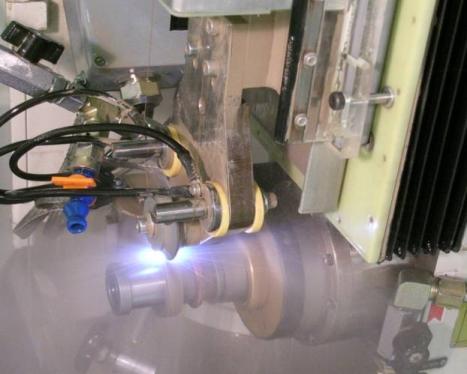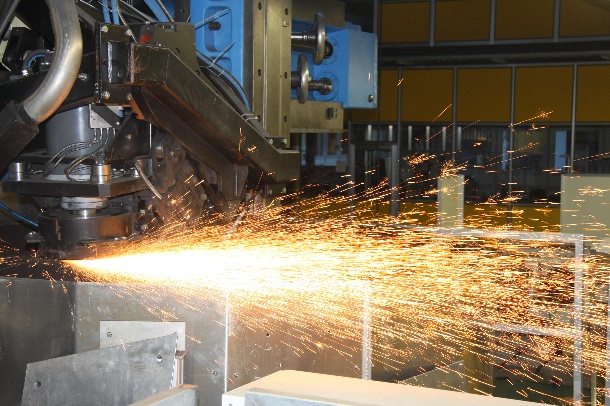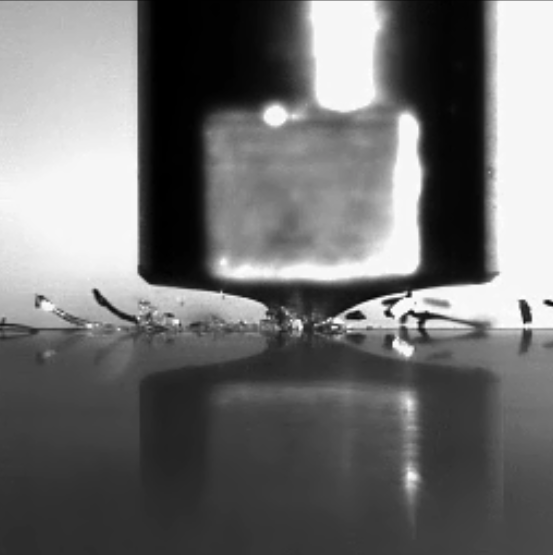Grinding is usually the main focus when hard materials have to be machined, or when high dimensional accuracy and workpiece surfaces with low roughness are required. Similar to interrupted cuts at milling, hard abrasive grains allowing the material to be removed from the workpiece. During grinding and honing, the hard material grains are held by a binder at a certain point on the tool. During lapping, they can move freely between the lapping wheel and the workpiece or in the lapping jet. Both, hard-material-grain and binder, are subject to wear. Like at processes with defined cutting edges, the focus here is also on difficult to machine workpiece materials.
Precise Grinding and Dressing
Precise grinding involves not only the proper grinding process, but also the dressing of the grinding tool to maintain its cutting ability and profile. The dressing of metallically bonded abrasive coatings with "superabrasives" (diamond or CBN as hard material grains) is particularly challenging. In this field, we have developed new processes such as ECO Dress (electrochemical dressing), Wire Dress (dressing with EDM cutting wire) and - in cooperation with the inspire laser group - laser dressing.

Single-layer grinding and dressing tools have also been developed with hard material grains arranged in defined positions. These have been anchored with an active soldering process that has a very large grain protrusion.
Current grinding projects deal with the dry grinding of railway rails, the wire sawing of silicone, the grinding of glass and the optimal supply of the cooling lubricant.

Rail grinding
Single grain experiments
Depending on the penetration depth, workpiece material and grain shape, each individual grain contributes to ductile or fragile material removal during grinding. While with ductile material removal the surface roughness is low, with fragile material removal this becomes considerably worse. With the help of individual scribing tests of the grains on polished material samples, the grain removal can be fundamentally investigated. In addition to the acting force, scratches on the workpiece and wear on the grain are also investigated. The resulting data form the basis for understanding the material removal during machining with hard material grains and the maximum permissible load on the grain without damage to it.


